BNP Cultural Museum

Beez Neez now Chy Whella
Big Bear and Pepe Millard
Wed 18 Apr 2018 22:27
|
Bardia National Park Cultural Museum
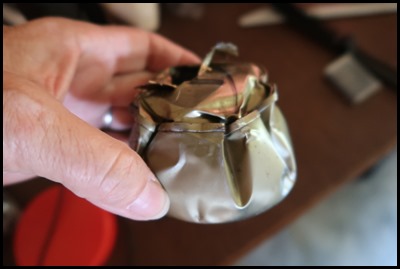 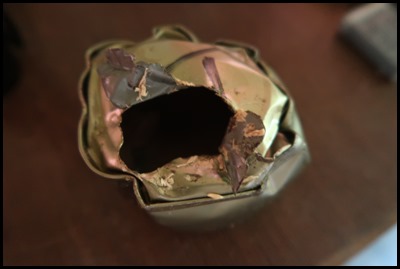 A lovely slow start to the day simply
taking in birdsong and breakfast. We decided on an early lunch and I asked one
of the boys to open a tin of tuna for
me............Oh my, I was trying to help Bear who would have to attack the tin
with his trusty Swiss Army Knife........Not sure what the lad did
but........
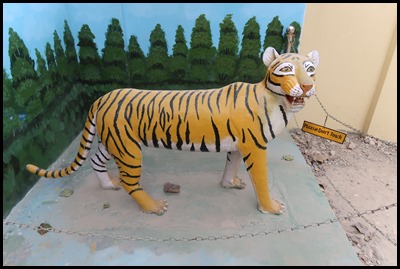 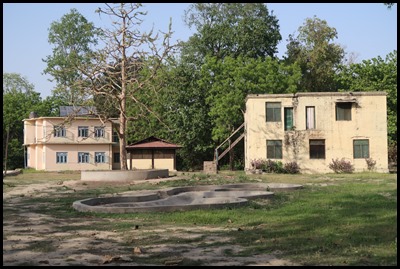 That done, we bimbled to Bardia
National Park, took in one of the guardians at the
gate and went in search of the little Cultural
Museum.
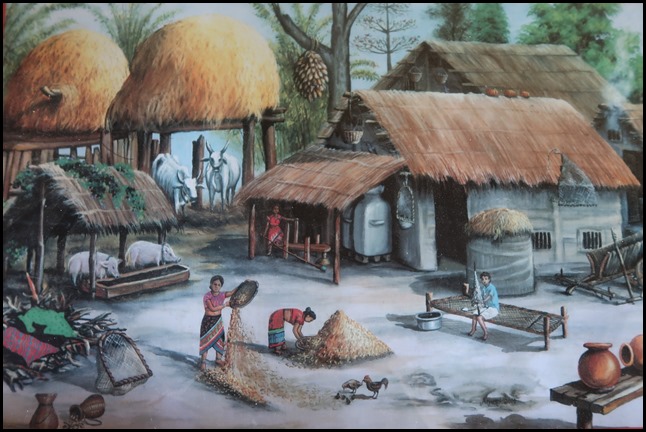 The villagers belonged to the Tharu people. The Tharu people (about 1.8 million) are
an ethnic group indigenous to the southern foothills of the Himalayas; most of
the Tharu people live in the Nepal Terai. The word tharu is thought to be
derived from sthavir meaning follower of Theravada Buddhism. Some Tharu groups
also live in the Indian Terai, foremost in Uttarakhand, Uttar Pradesh and Bihar.
The Tharus are recognised as an official nationality by
the Government of Nepal. The Government of India recognises the Tharu people as
a scheduled tribe (about 350,000).
 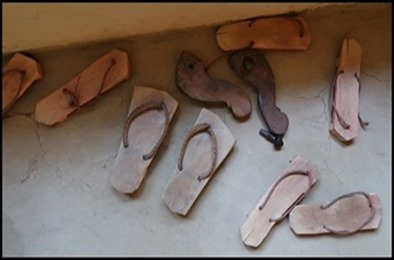 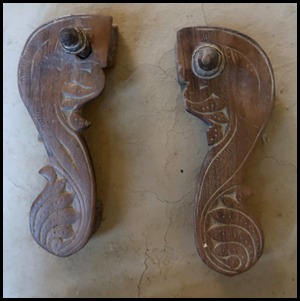 In the first room – part of a grinding tool and footwear,
wooden flip flops.
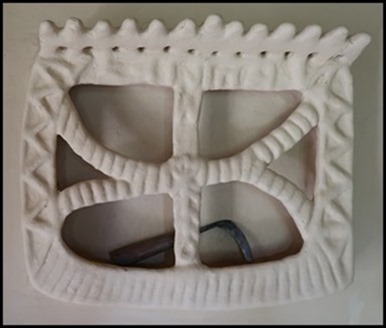 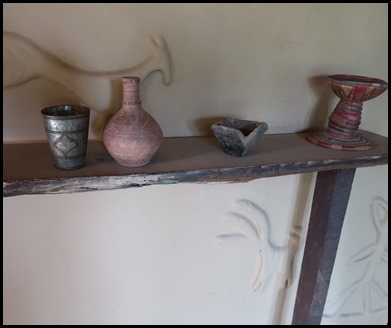 We loved the decorative wall hanging
for Knick-knacks along with a more traditional shelf
and wall patterns.
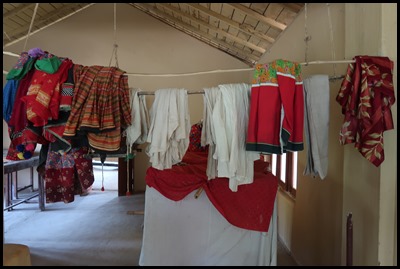 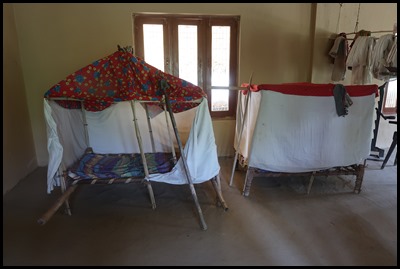
In the main room we saw clothing and
‘wardrobes’ or vaunka that include a protective cover
against mice, dust and smoke.
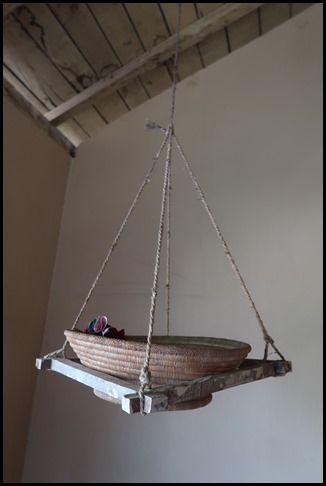 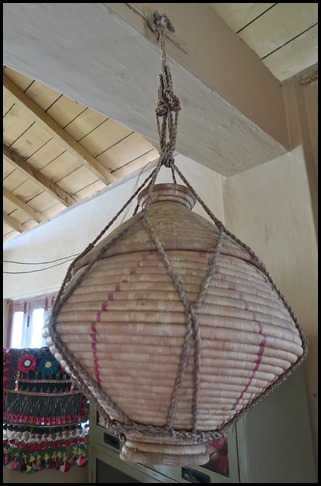 Hand-woven baskets, made of bamboo and
siru grass are the most common and widely used in Tharu households at all
socio-economic groups. Used for storage, for carrying goods, and as a decorative
household piece. Baskets were preferred in natural tones but some were decorated
with natural dyes. Special baskets decorated with boiled snail shells were used
by brides and grooms for keeping smaller personal effects (combs, hair clips
etc). Feruwas are flat, oblong baskets specially intended for salt and chilli
containers. It was common for baskets to be held on hemp ropes called barahis,
attached to the ceiling to keep vermin from reaching them. To get the baskets
down a wooden prong called ghardilla was used.
 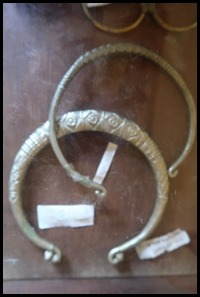 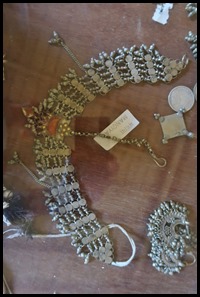 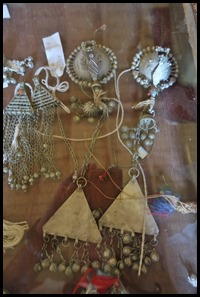 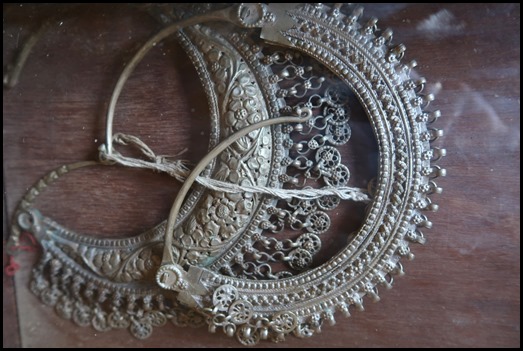 Silver jewellery, some quite intricate,
were displayed in a case.
 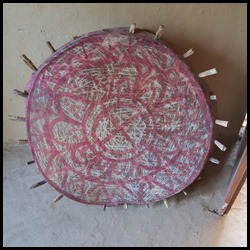 Largely animists, Tharus had a complex belief system which paid
enormous homage to nature. Prakriti ko puja or animism consists of praying to
stones, animals, trees and water systems. Each family may have a special animal
and they showed respect by not killing or eating their favourite. The Tharu
deutathan or place of worship, is the sacred space within the household where
all deities reside. Totems are an emblem of a clan or
family.
 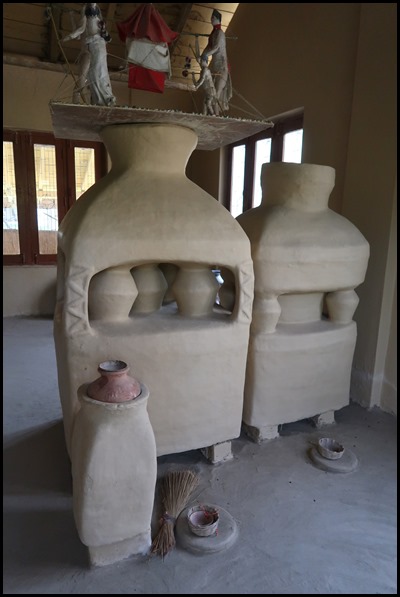 We really liked the shelving
units.
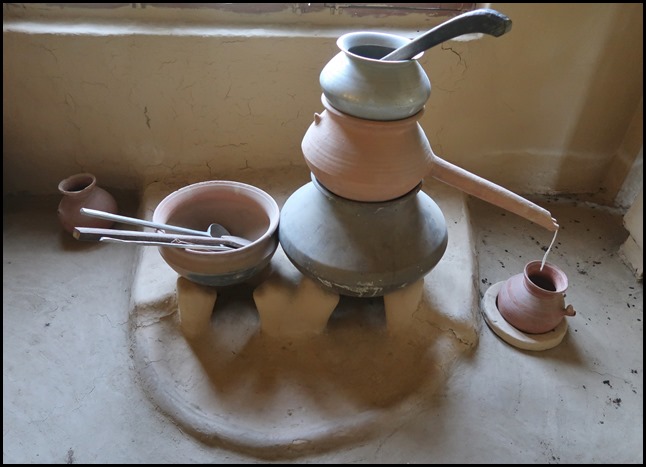 Cooking
apparatus.
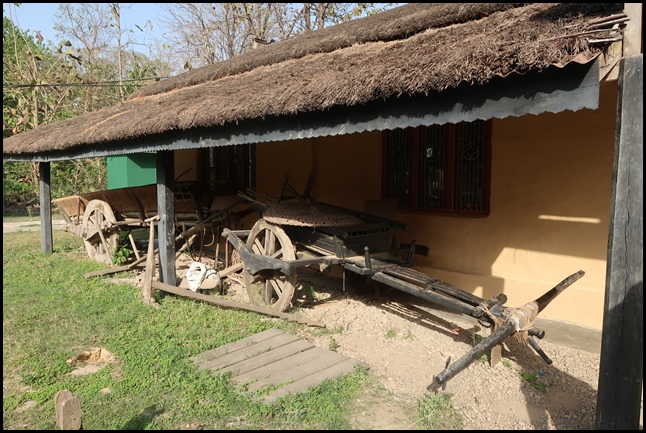  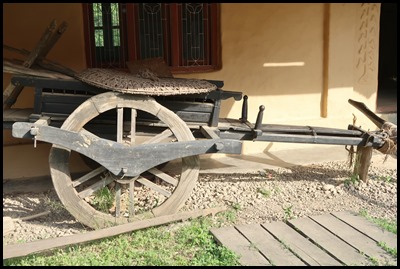 Outside, some fairly sophisticated carts.
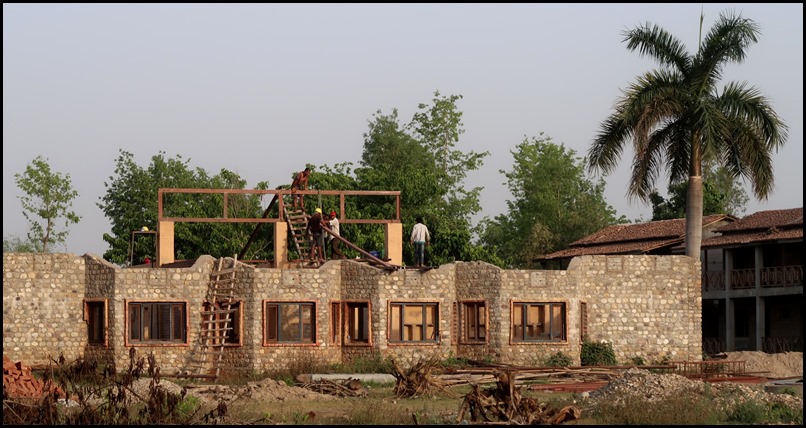 On our way to the Crocodile Breeding
Centre we were pleased to see a new build in
progress......
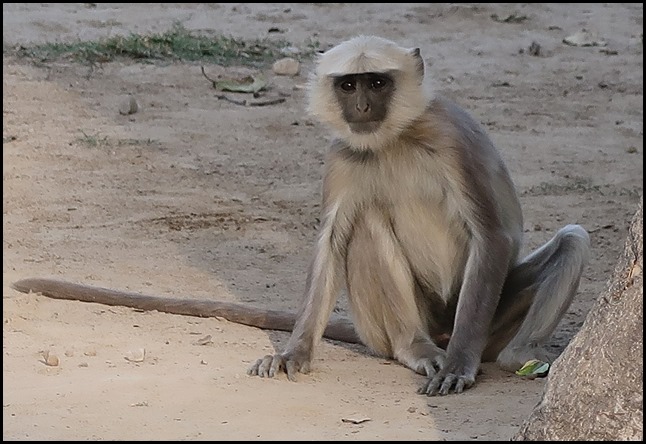 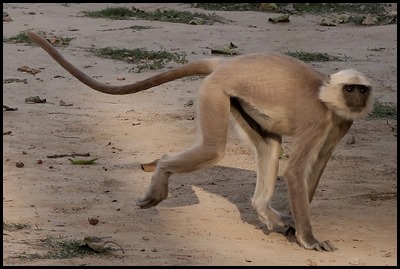 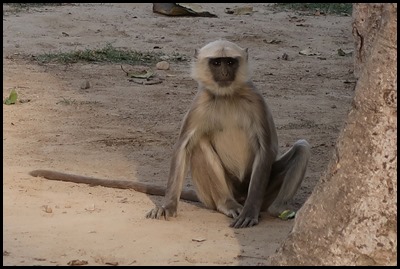 ........watched by the ever-curious langurs.
ALL IN ALL A CUTE LITTLE
PLACE
WELL PRESENTED BUT A BIT
RUNDOWN |